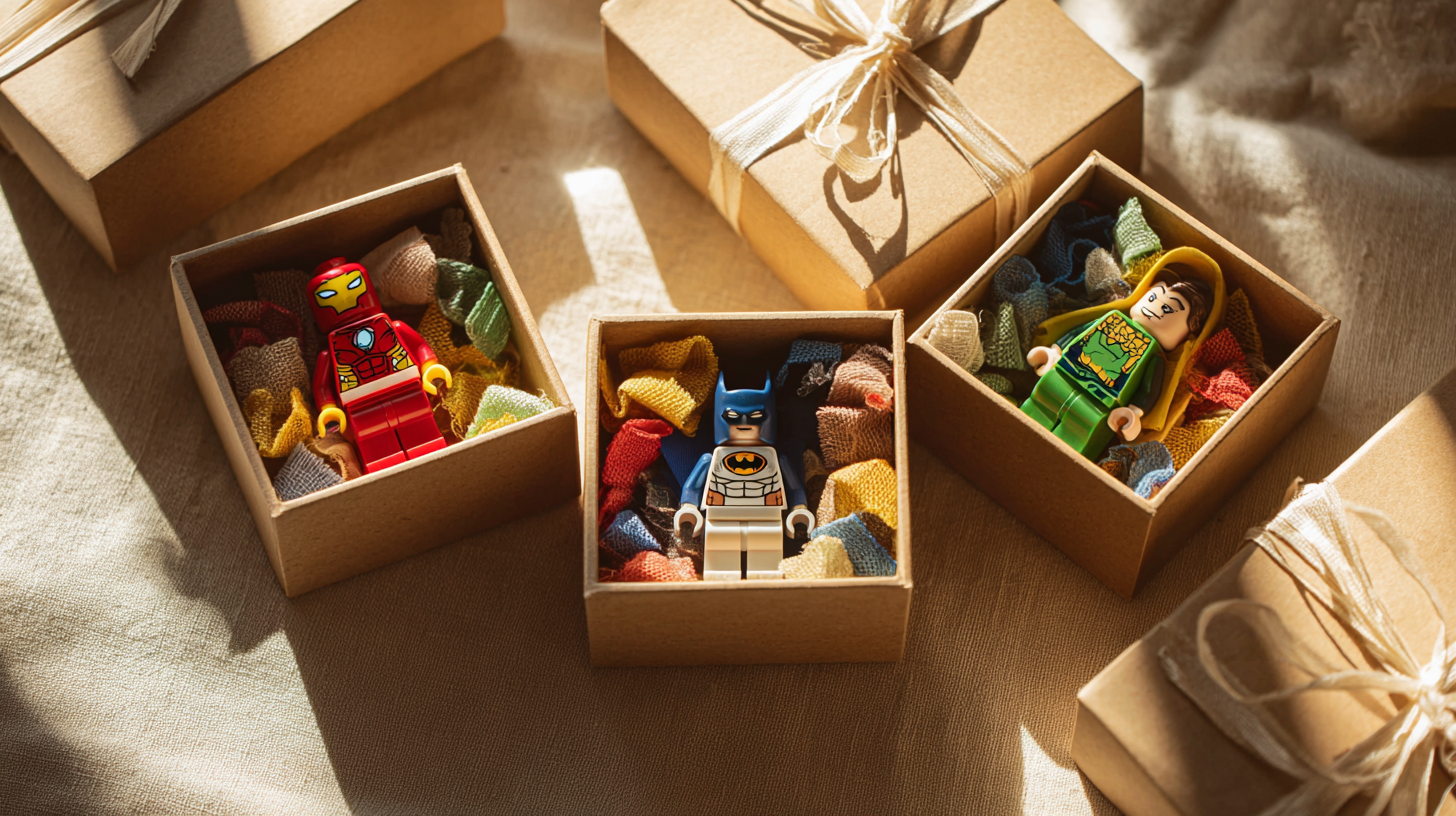
Minifig Gift Packs: quick bundles for every personality
Introduction – stop guessing and start gifting Every December I promise myself I’ll avoid the last-minute gift dash. Then I stare at my list, blank.
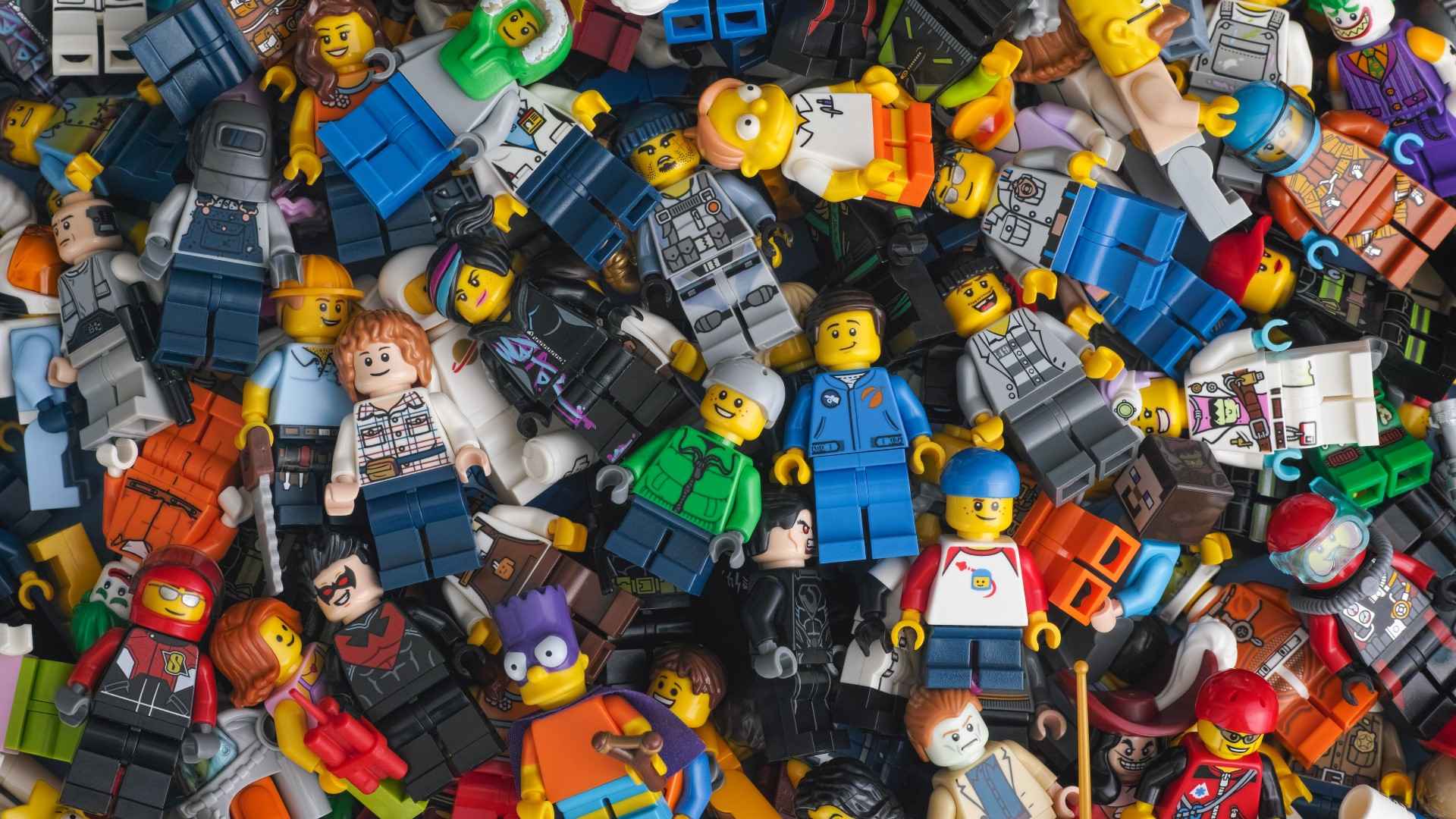
Creating custom minifigures, a popular hobby among LEGO enthusiasts, involves a detailed and creative process that blends traditional LEGO design with personalization and artistic expression. This article will explore the various stages of designing custom minifigures and the tools commonly used.
The custom minifigure community is vibrant, with enthusiasts sharing their creations on social media platforms and forums. Websites like Flickr, Instagram, and dedicated LEGO forums are popular places to showcase and discuss custom minifigures.
Designing custom minifigures is a creative and rewarding hobby that combines artistry with the love of LEGO. It requires patience, skill, and a variety of tools, but the end result is a unique creation that reflects the designer’s vision and creativity. Whether for personal enjoyment or sharing with the community, custom minifigures stand as a testament to the limitless possibilities offered by these small plastic figures.

Introduction – stop guessing and start gifting Every December I promise myself I’ll avoid the last-minute gift dash. Then I stare at my list, blank.
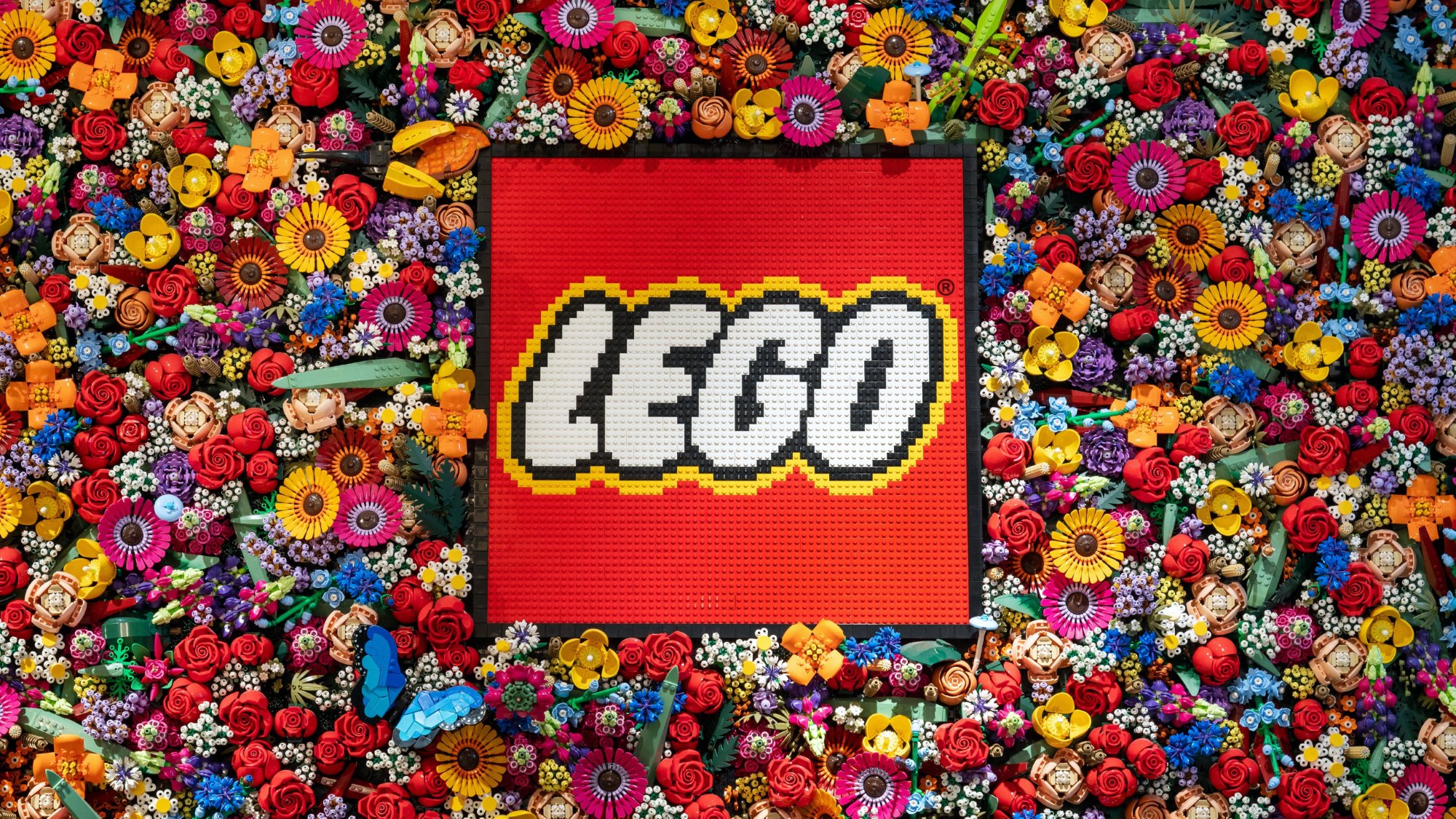
“Play is not frivolous. It is how we learn.” Those words from the late educator Seymour Papert echo through LEGO’s history. On 26 June 2025, TIME put that idea
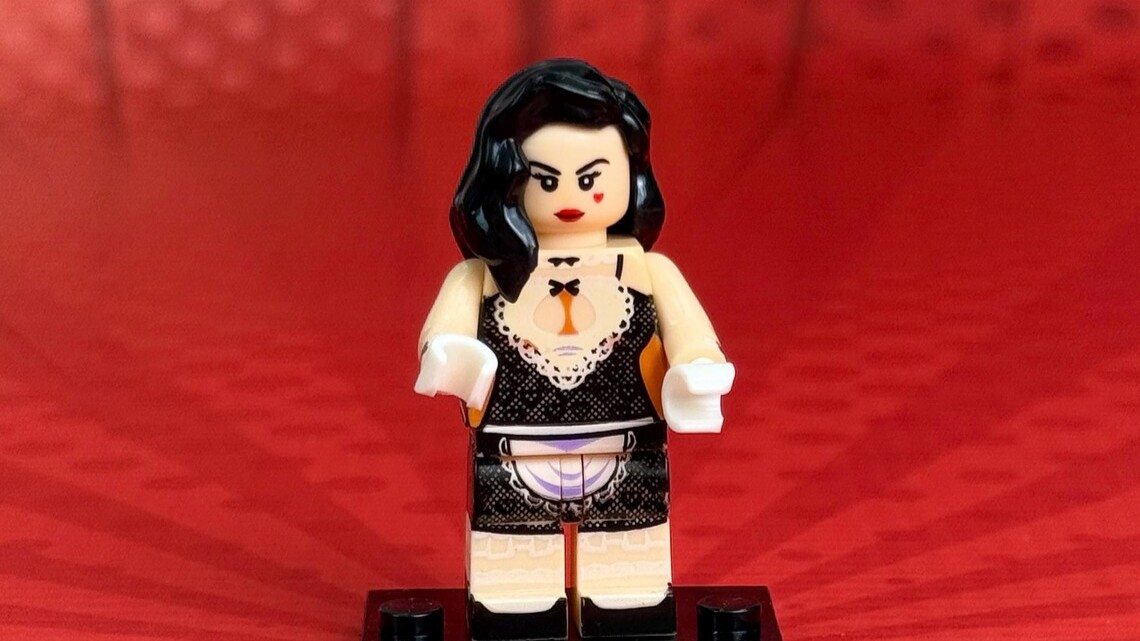
I remember the first time I came across a suspicious minifigure. It felt light in my hand, and the print on its torso looked slightly
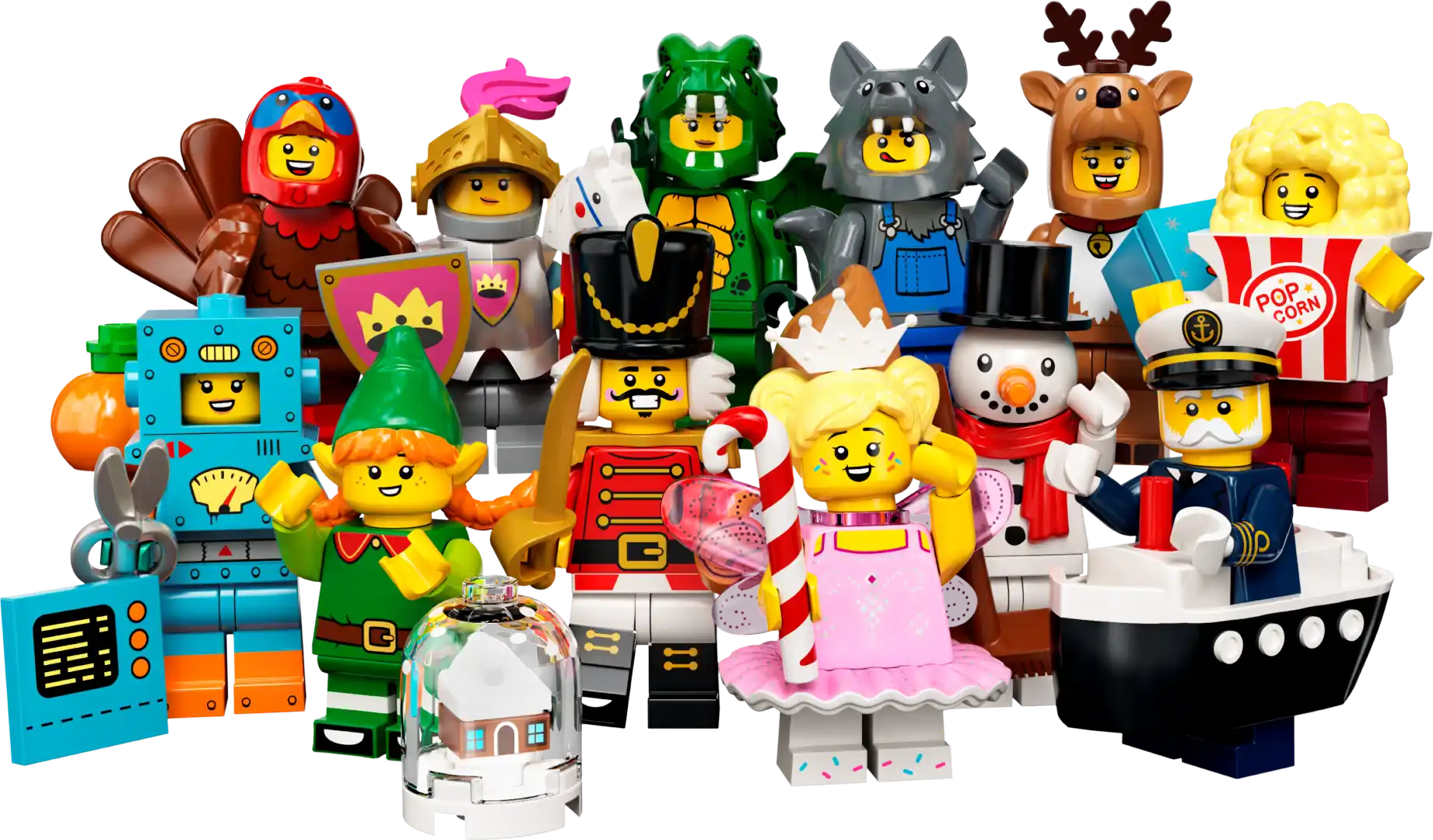
There’s something satisfying about building a unique character from a few simple bricks. Maybe you want a figure that looks like your favorite video game
© 2022 All rights reserved. LEGO® is a trademark of the LEGO Group of companies which does not sponsor, or endorse our products
Made with ❤ by Minifig.biz